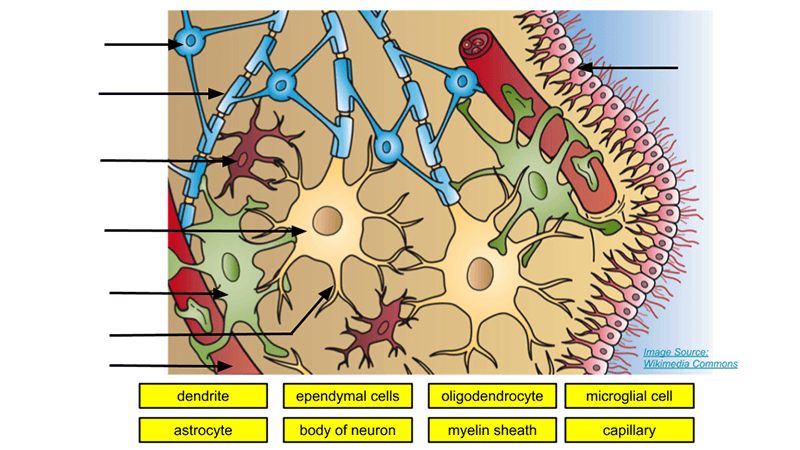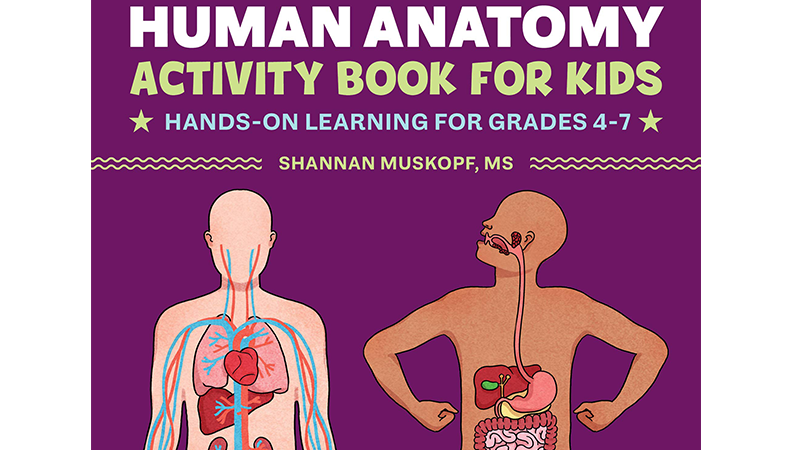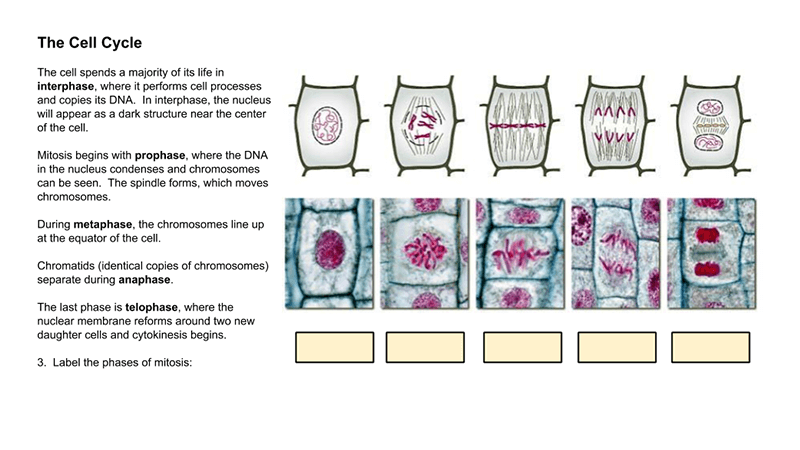Tag: activity
-
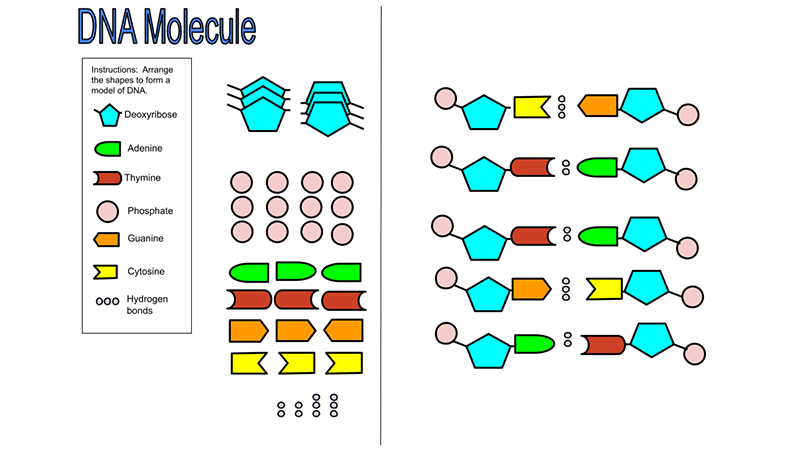
DNA Model – Cut and Paste Nucleotides
This digital modeling activity allows students to build a DNA model by dragging the individual parts into a completed diagram
-
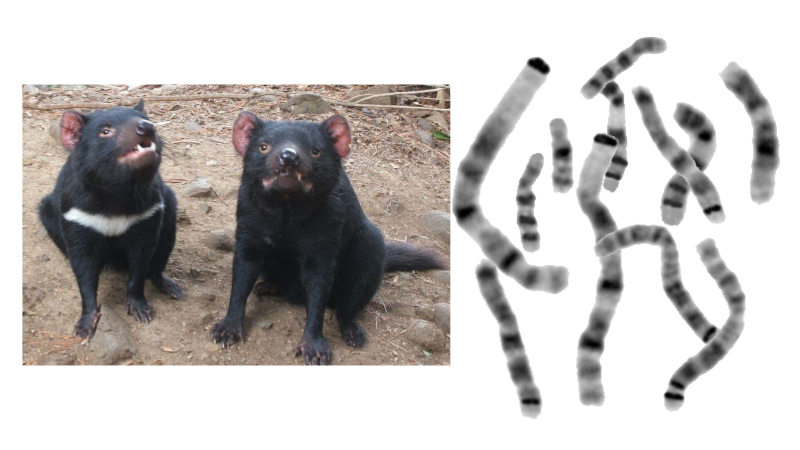
Tasmanian Devil Karyotype (Remote Version)
Examine a karyotype showing the chromosomes of a Tasmanian devil. Arrange chromosomes and determine diploid number.
-
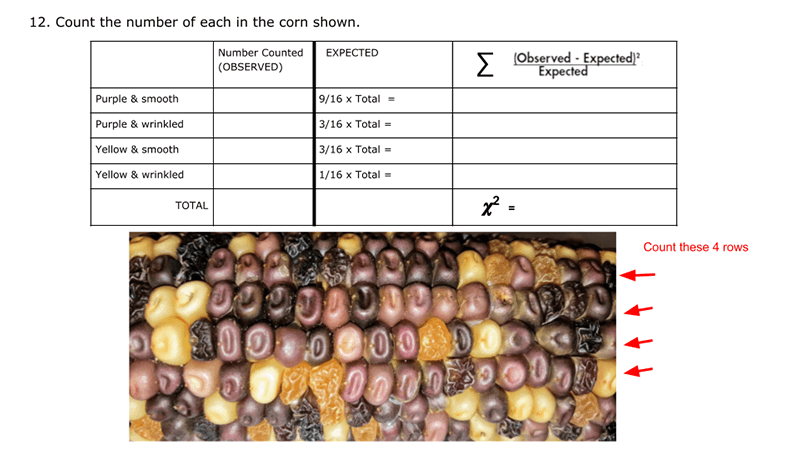
Corn Chi Square (remote)
This is the remote version of a classroom activity I do with corn ears. Students would count the kernels (smooth, wrinkled, purple, yellow) and determine if the ears of corn are the result of a dihybrid cross, RrPp x RrPp. This gives students the opportunity to apply statically analysis to data sets and determine if…
-
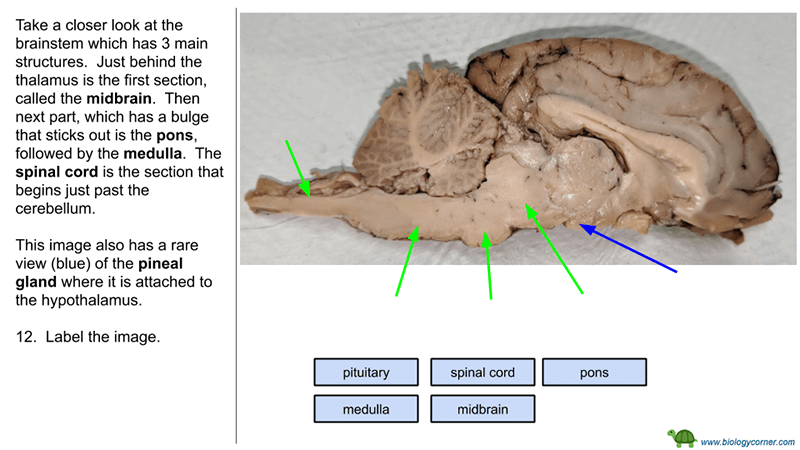
Brain Dissection – Virtual Version
Don’t have time or the resources to do a dissection in the classroom? Try this virtual version to supplement your lessons on the brain! In a traditional anatomy class, students dissect a sheep brain using the Sheep Brain Dissection Guide which walks them through identifying first external features of the brain and then internal features.…
-
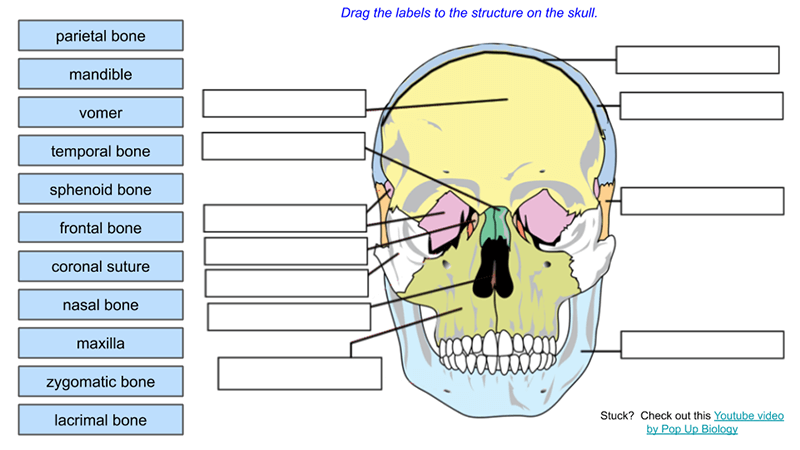
Skull Label (remote)
This activity was designed for anatomy and physiology with students working remotely during the 2020 pandemic. Students are given a short overview of the skull during virtual class and then encouraged to watch the Pop Up Biology video which explains the features of the skull (foramen, condyles, process…etc.) The activity is made on google slides…
-
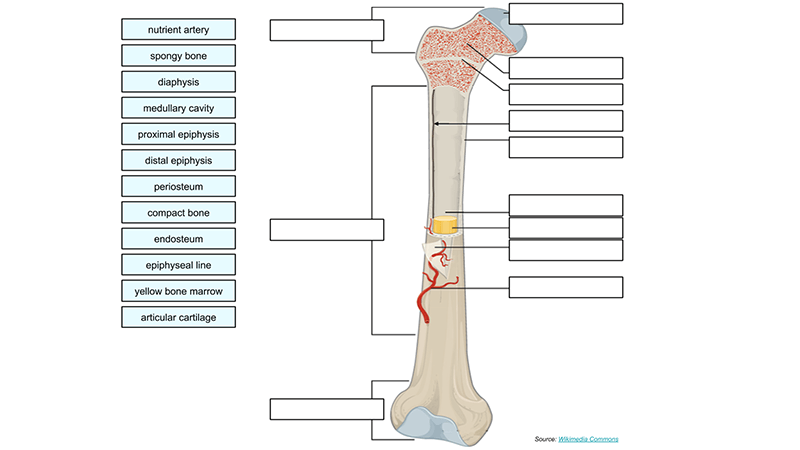
Label a Long Bone – Google Slides
Anatomy students in traditional classes practice labeling the bone on paper or even doing a coloring activity to help them learn the parts of the bone. Students complete this activity on their Chromebooks, reducing the need for paper. This labeling is simply a drag and drop exercise that students can complete directly in Google Slides.…
-
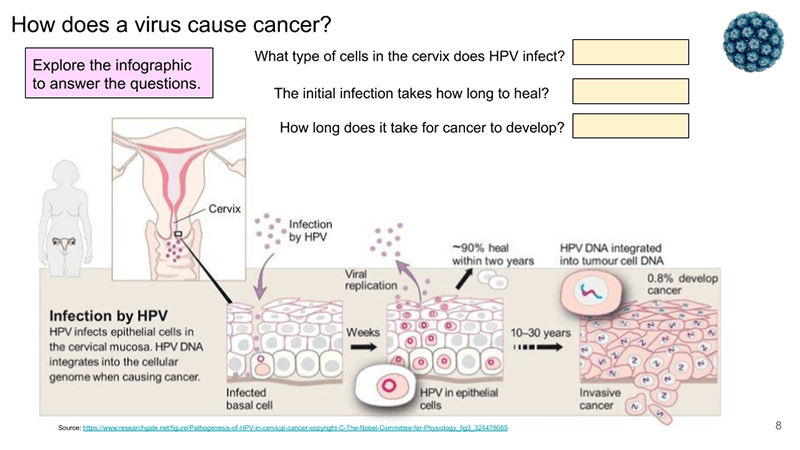
Case Study – Mitosis, Cancer, and the HPV Vaccine
Students in my anatomy class get a quick review of the cell and mitosis. This activity on HPV shows how the cell cycle relates to overall health. In fact, many of the chapters in anatomy have anchoring phenomena on diseases and health. For example, cystic fibrosis is a cellular transport problem, but has serious effects…
-

Case Study – Gluten
This case study was created for distance learning and is a short exploration of how celiac disease affects the digestive system. This is not a long case, and should probably only take 20-30 minutes to complete. I plan to use it with breakout groups working together over Zoom or Google Classroom. The activity is presented…
-
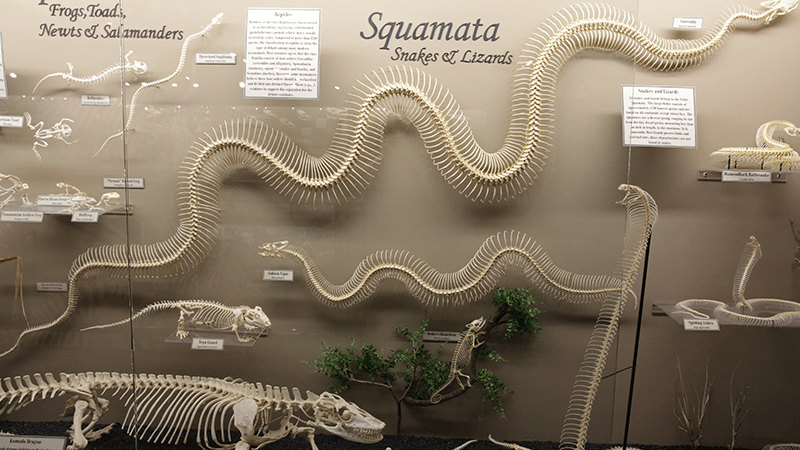
Understanding the Evolution of Limbs in Snakes
Where did snakes come from? There’s a popular story about snakes in Ireland and how they were lead away by St. Patrick. From a science perspective, snakes likely never were in Ireland to begin with. Many islands don’t have snakes. Why? Because they haven’t had time to evolve there. The activity is adapted from Understanding…
-

Investigation: Villi Height
Use a Netlogo simulation to observe how different heights of villi within the intestine affect absorption rate. Change the height of villi or size of food.
-
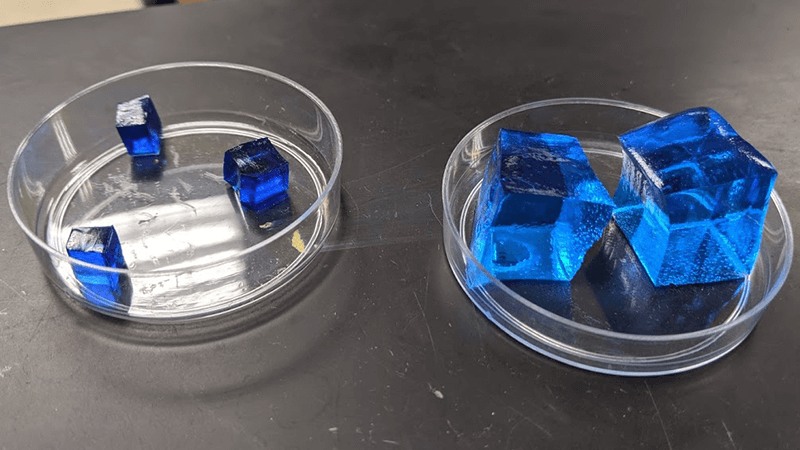
Modeling Osmosis
This basic lab uses Deco-cubes to show how they change in size when soaked in salt water, distilled water, and tap water.
-
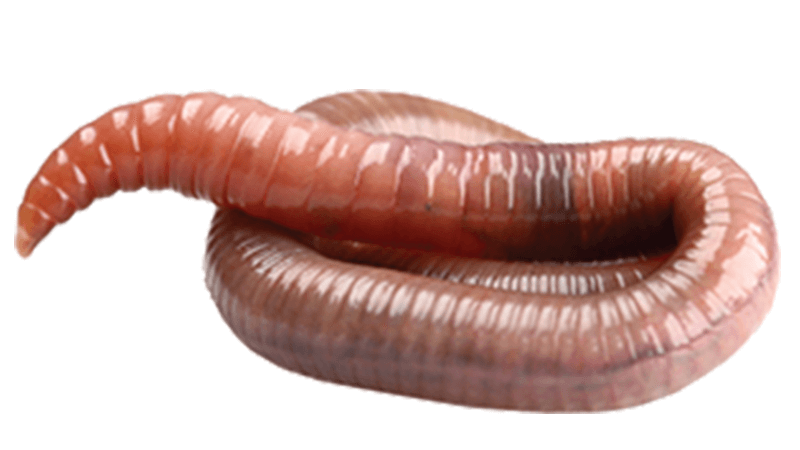
Investigation: Earthworm
This earthworm lab is a revised version of the observation lab that I have used for years. I wanted to make the lab more open-ended and include terminology within the lab instead of expecting them to know it from their notes or textbooks. Taxonomy chapters on annelids and other invertebrates are being phased out, and…


